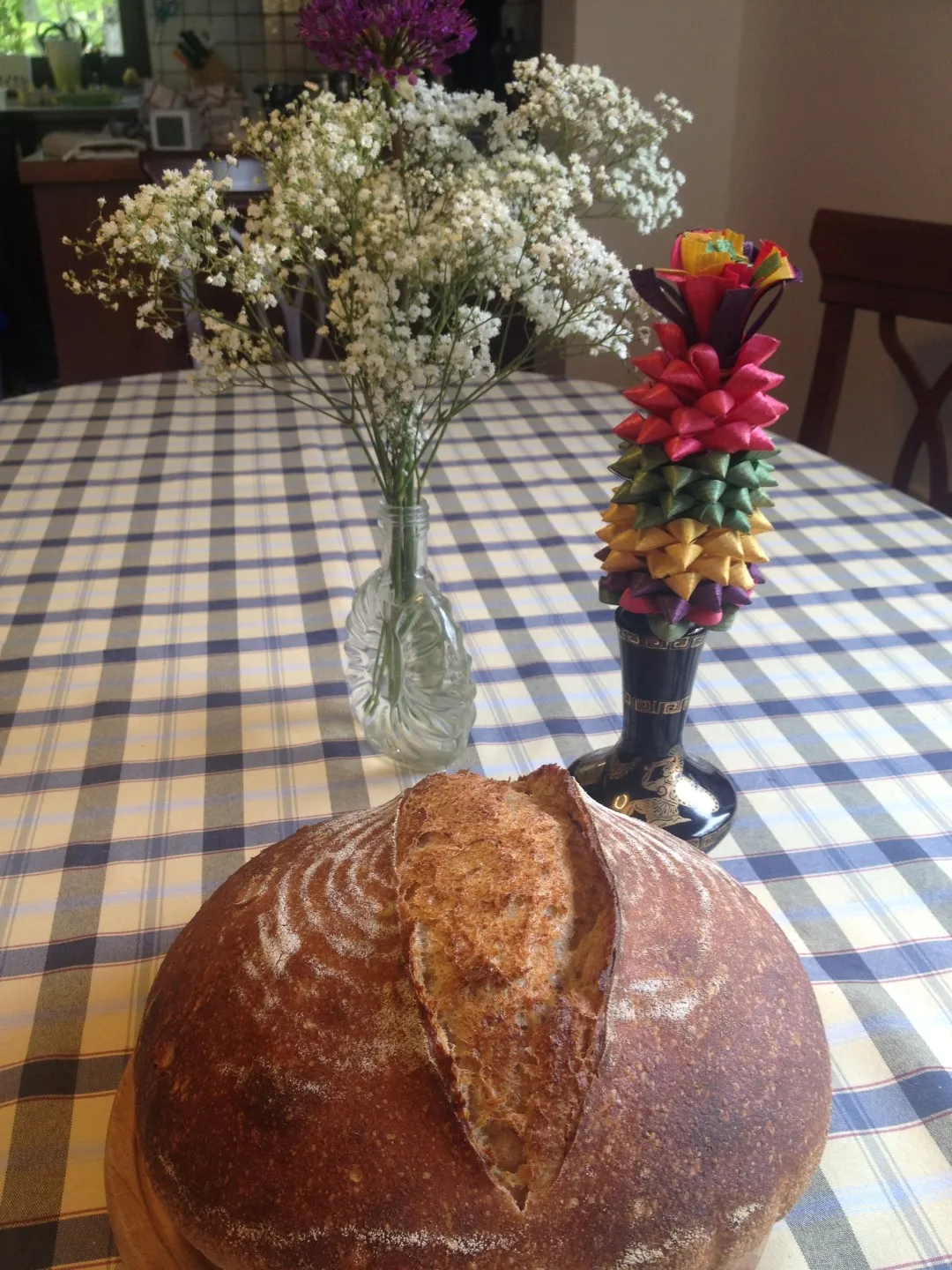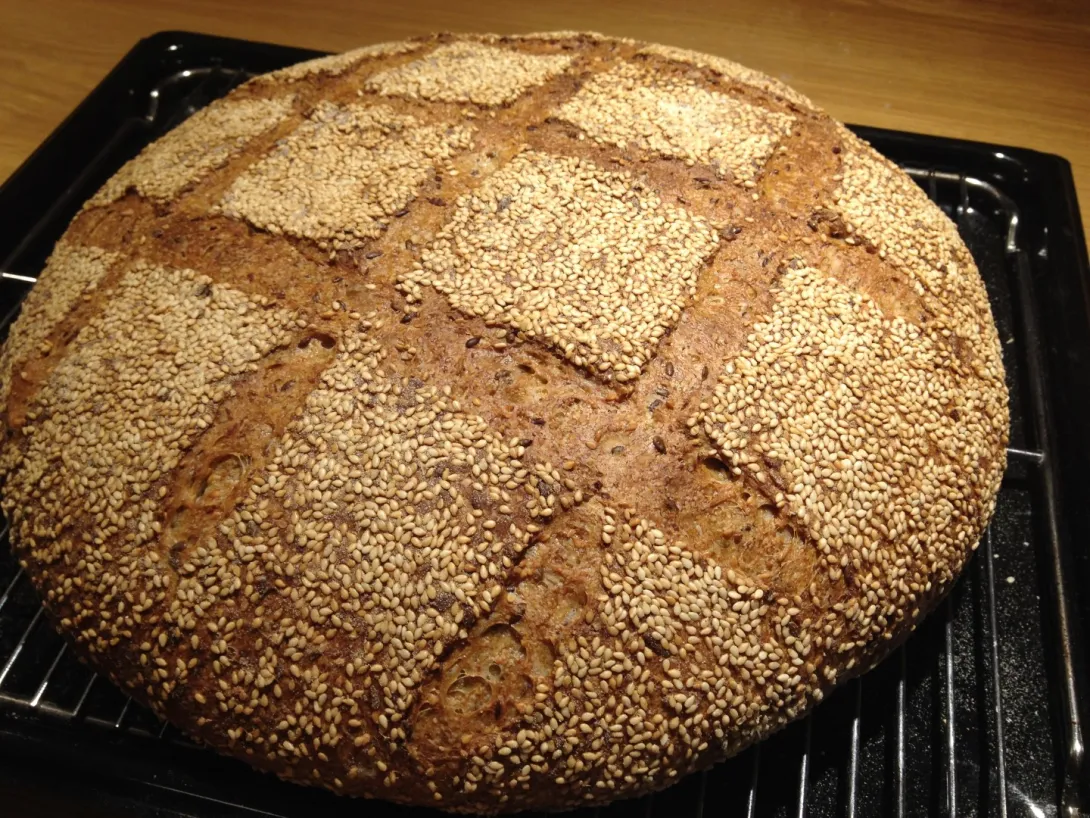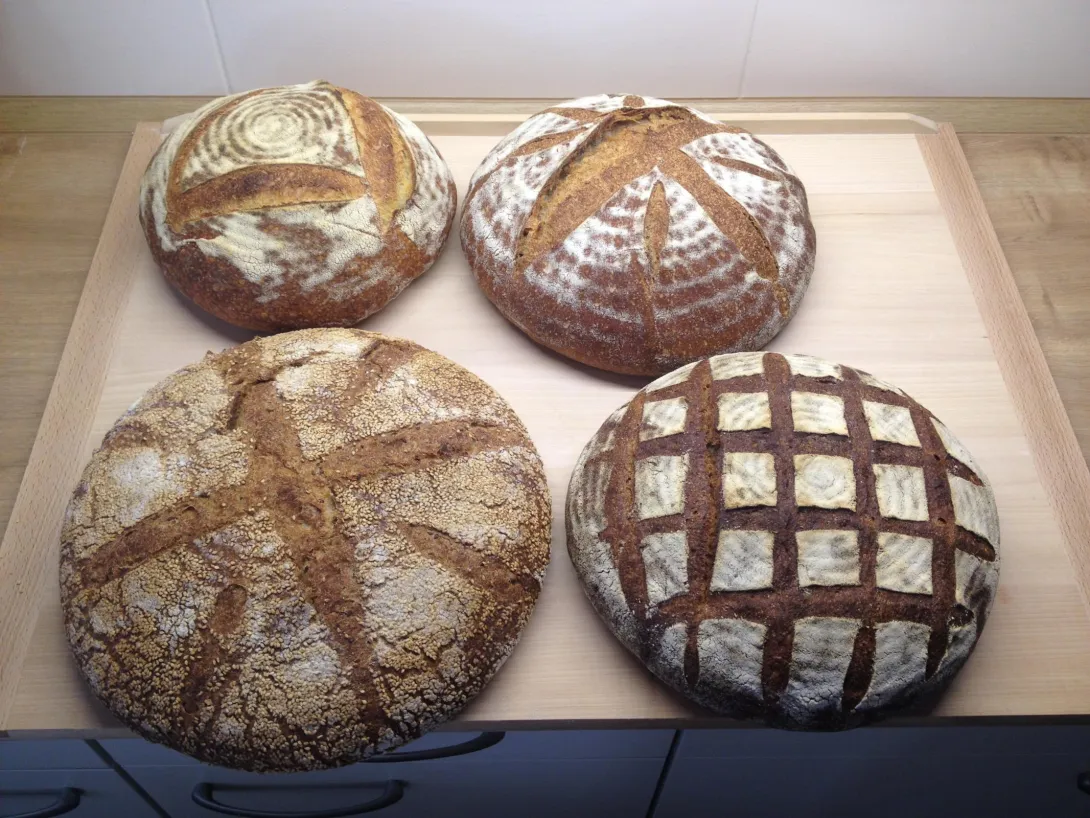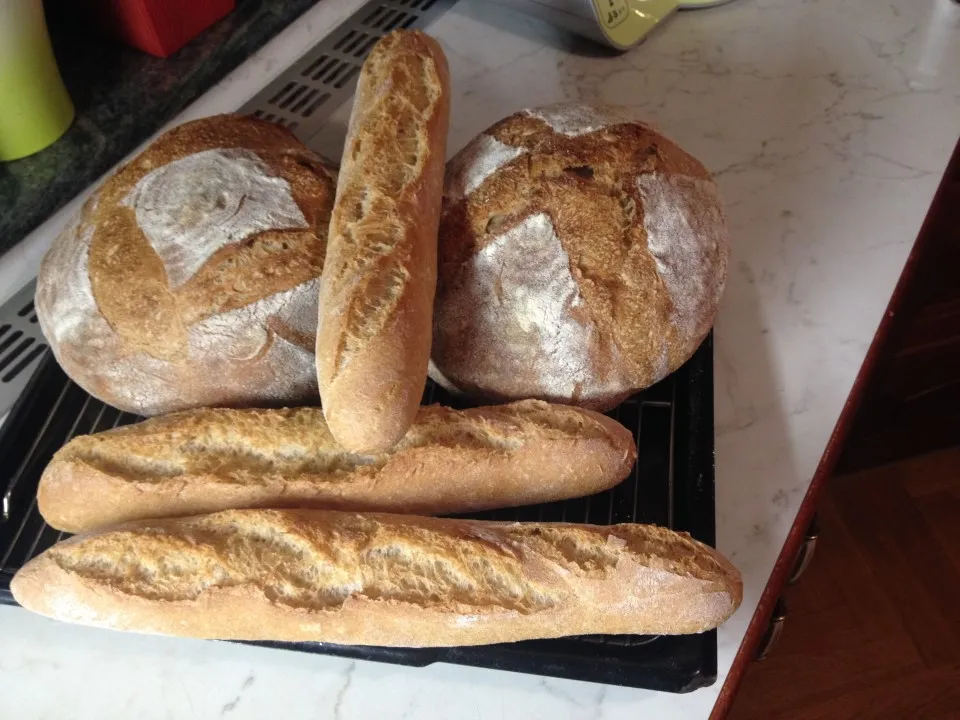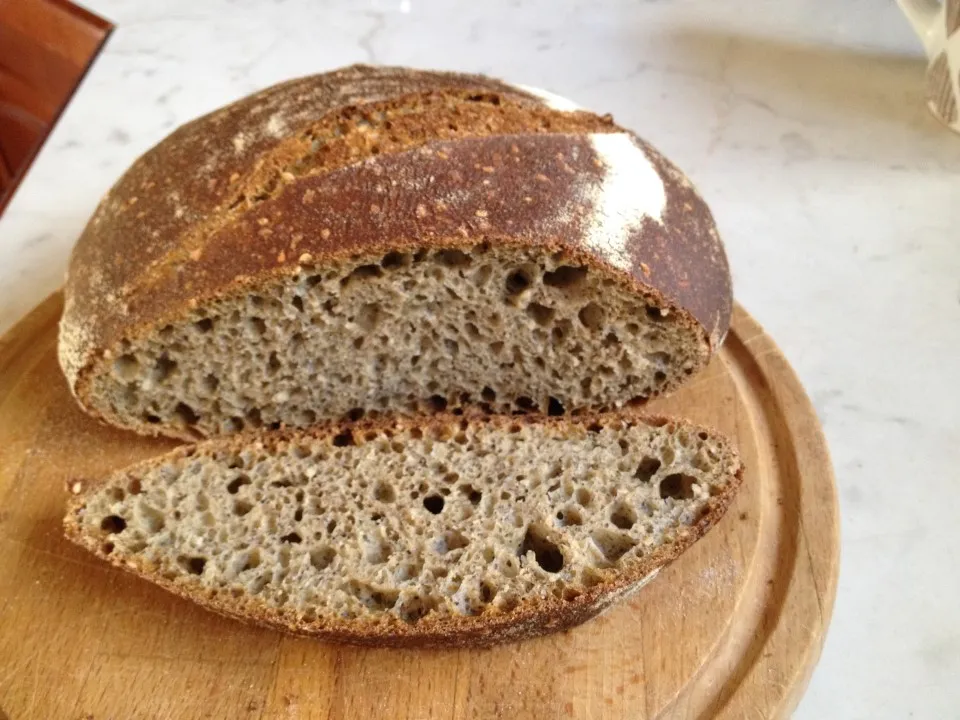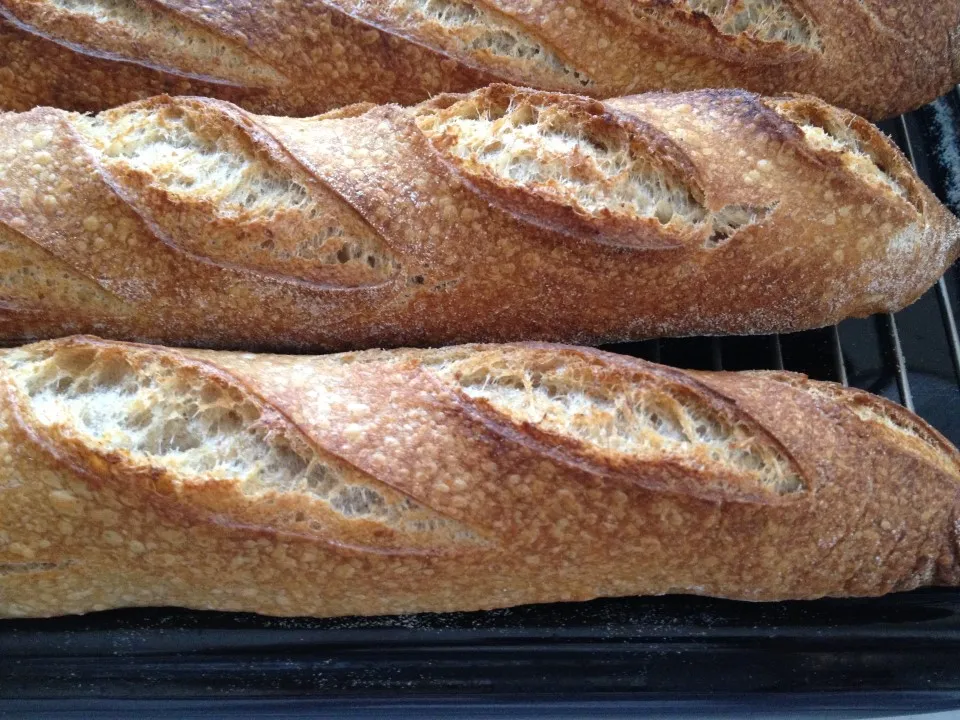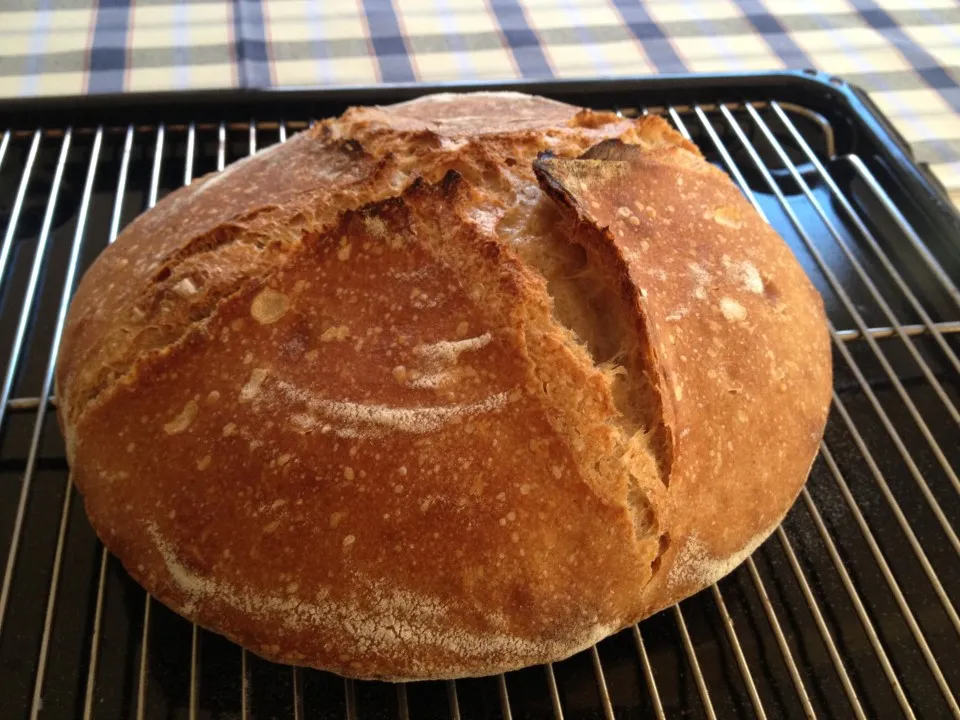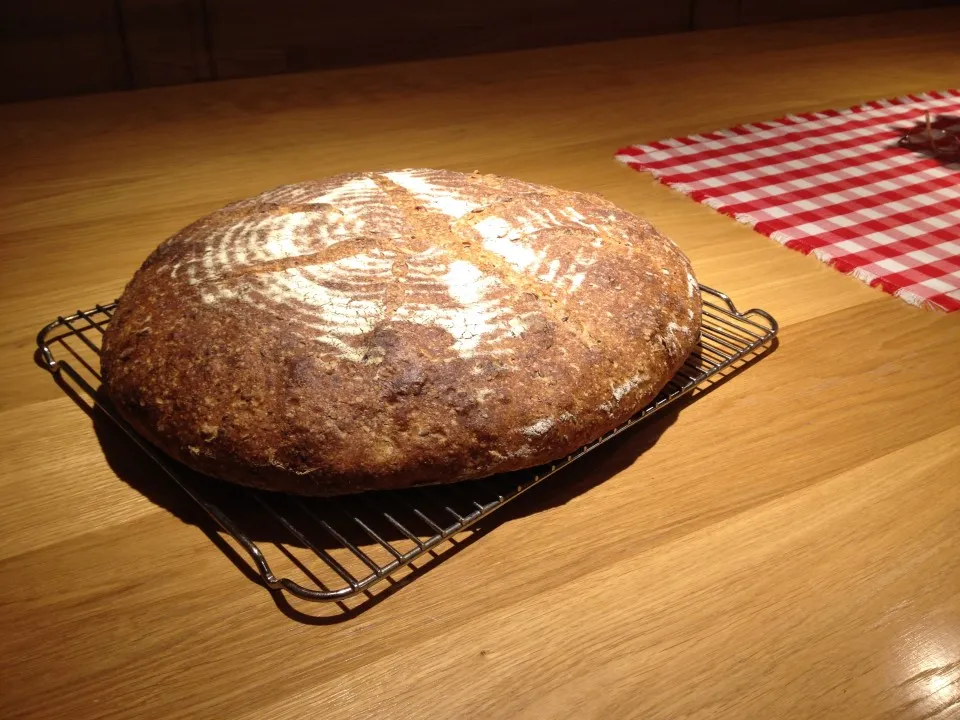Sea Holidays Bake - Olive Bread
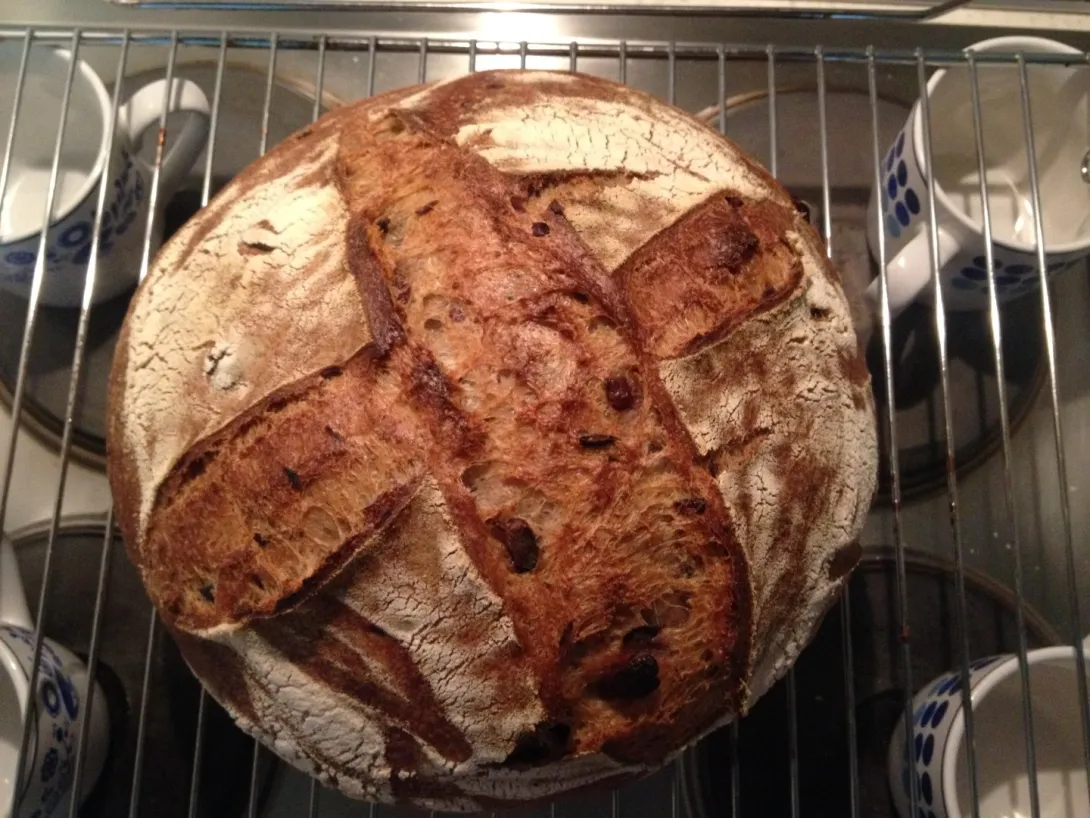
After many months being so busy finally the time of holidays/vacations arrived. Again this year we (my wife, our dog and me) are having great time on Island of Hvar in middle Dalmatia in the Adriatic Sea.
- Log in or register to post comments
- 6 comments
- View post
- joc1954's Blog
